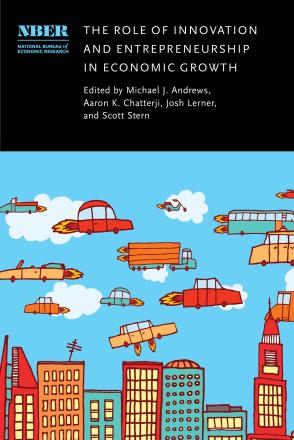Digitization and Its Consequences for Creative-Industry Product and Labor Markets

Technological changes have sharply reduced the costs of creating, distributing, and promoting new creative products. This chapter explores the consequences of these changes for both creative product and labor markets. I apply the random long tail lens of Aguiar and Waldfogel (2018) to the product markets. Because new product success is unpredictable, falling costs can deliver products with high realized value, but which would not have been produced before, delivering substantial welfare benefits. I provide rough estimates of the welfare benefits of the growth in movies, television, and books. I have four basic findings. First, available data on movies, television, and books confirm existing findings for music that the random long tail is large compared with the conventional long tail: 9 times as large for books, 13 times as large for television, and 4 times as large for movies. Second and related, the absolute welfare benefit of new creative products is substantial. Third, available evidence on creative labor markets confirms increased activity evidence in product market creation data. Fourth, while total earnings of creative workers are rising, average earnings per worker are falling, although it is not clear how much of the decline in average earnings is simply compositional.
-
-
Copy CitationJoel Waldfogel, The Role of Innovation and Entrepreneurship in Economic Growth (University of Chicago Press, 2021), chap. 8, https://www.nber.org/books-and-chapters/role-innovation-and-entrepreneurship-economic-growth/digitization-and-its-consequences-creative-industry-product-and-labor-markets.Download Citation
-


